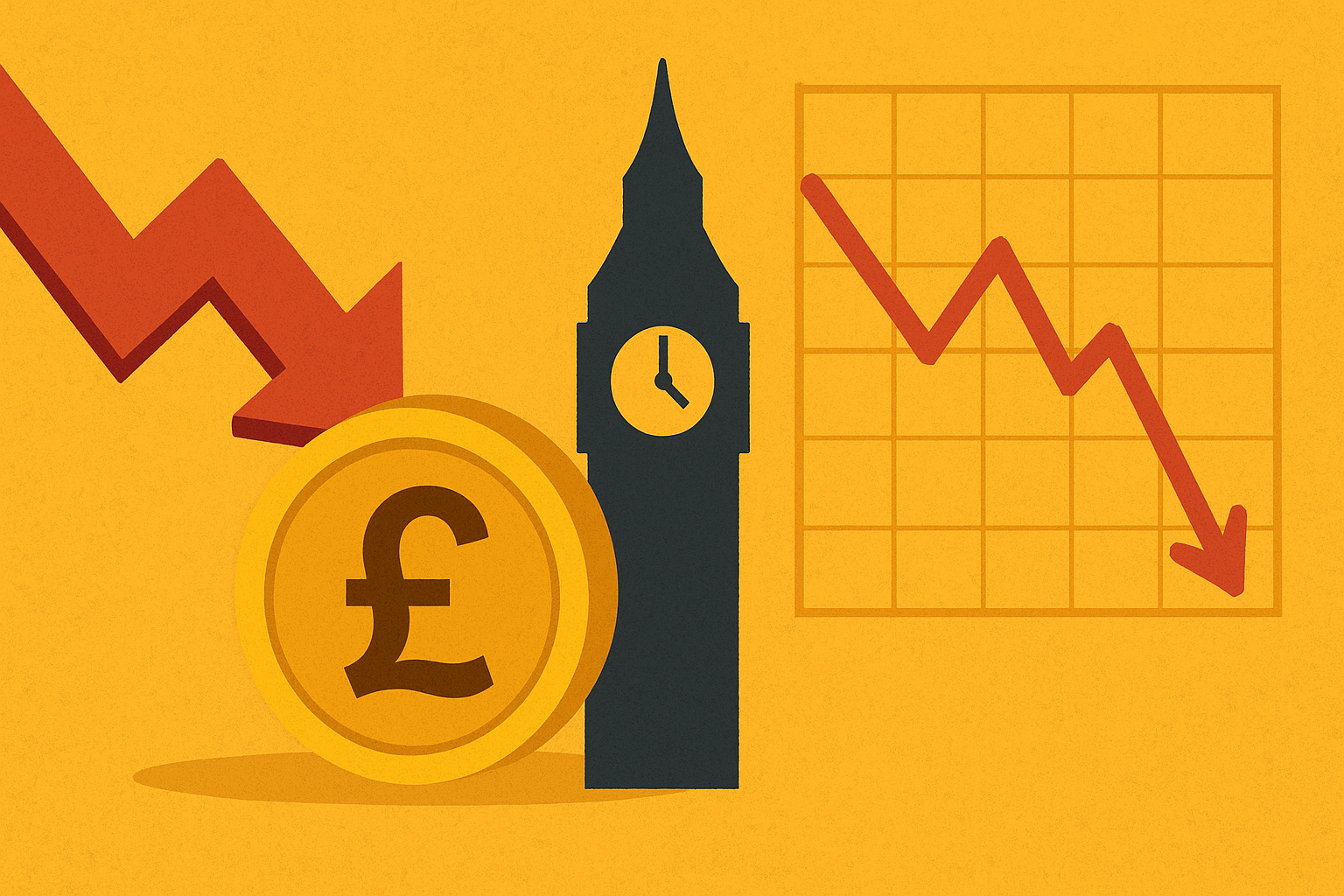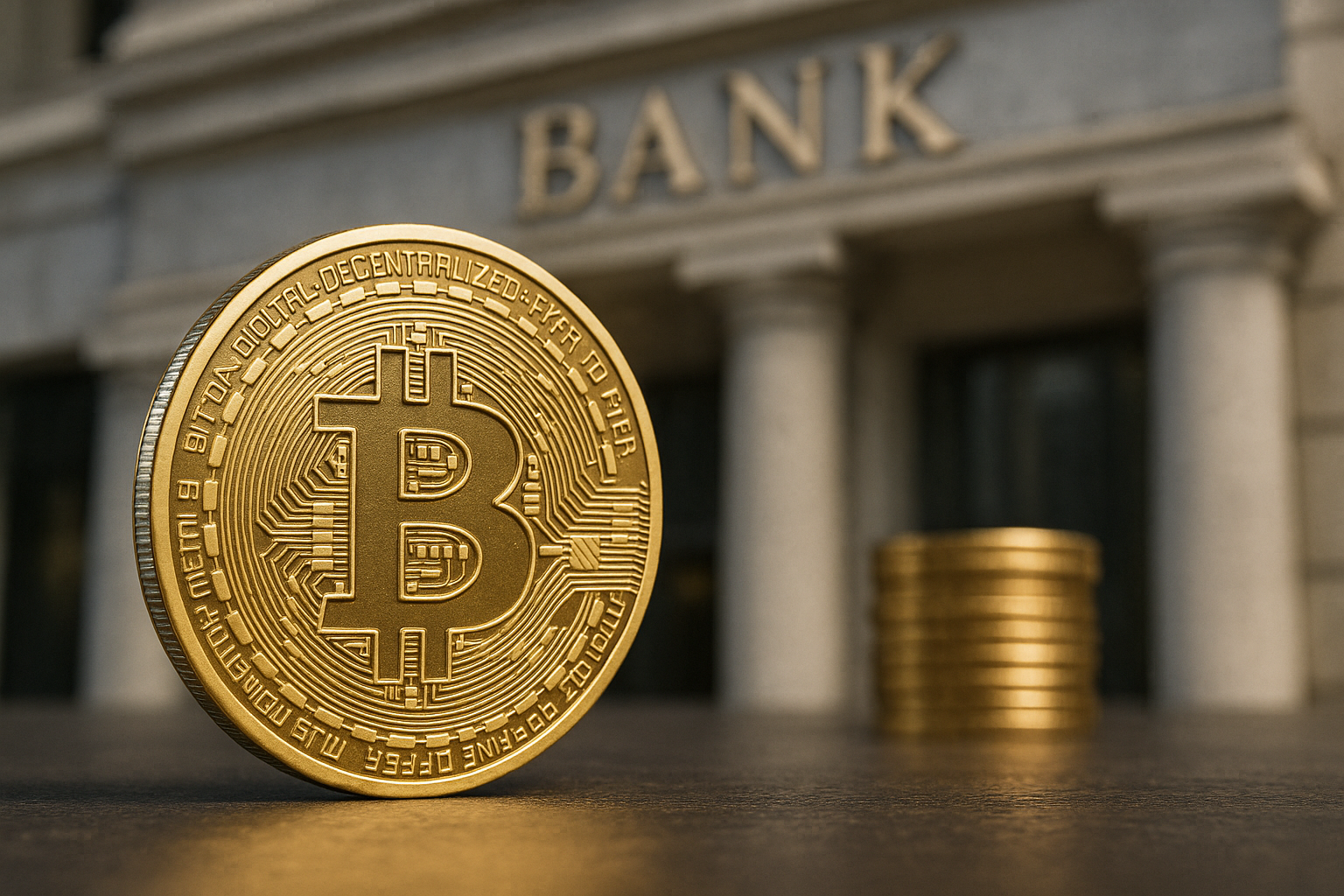Global bond markets are flashing warning signs once again, and the U.K. is at the center of the storm. On September 2, 2025, the yield on Britain’s 30-year government bonds soared to 5.69%—the highest level since 1998, according to The Guardian. The move underscores not just domestic political and fiscal pressures but also a global debt market under strain.
Sovereign Stress Signals in the U.K.
The surge in gilt yields reflects a toxic combination of rising global borrowing costs, political instability in Westminster, and skepticism over fiscal management. Investors have been rattled by the government’s inability to push forward coherent economic policies, triggering parallels to the U.K.’s 2022 mini-budget crisis, when gilt yields spiked dramatically and forced emergency intervention by the Bank of England.
This time, however, the challenge is broader. Across Europe, government bond yields are pushing to multi-decade highs, while U.S. Treasuries are also under pressure amid expectations that the Federal Reserve will keep interest rates elevated longer than anticipated. The global selloff has left sovereign debt investors facing sharp mark-to-market losses, and the U.K. is seen as particularly vulnerable given its large financing needs.
Why This Matters for Investors
Rising yields directly increase the cost of borrowing for governments, corporations, and households. In the U.K., higher gilt yields are already filtering into mortgage rates and corporate bond spreads, threatening to slow consumer spending and investment. For equity markets, this creates a dual headwind: higher discount rates for valuations and weaker economic growth prospects.
Moreover, pension funds and insurance companies—major holders of long-dated gilts—are once again under pressure. While regulatory reforms have strengthened balance sheets since 2022, sharp market moves risk triggering liquidity strains, particularly if volatility persists.
Global Context: Not Just a U.K. Story
The U.K.’s fiscal strains are part of a broader trend. Italy’s 10-year bond yields touched 4.9% this week, raising questions about the sustainability of debt in high-deficit eurozone economies. Meanwhile, U.S. Treasuries—long considered the world’s safest asset—saw 10-year yields breach 4.6%, the highest in over a decade.
This synchronized rise in sovereign yields reflects investor concerns over ballooning public debt, sticky inflation, and the diminishing appetite of foreign buyers—especially from Asia—for government securities. With central banks gradually reducing their bond holdings, the market is grappling with a supply glut that has not been seen in decades.
Future Trends to Watch
- Policy Responses: Investors should watch for potential interventions from the Bank of England or U.K. Treasury. A misstep could trigger another confidence crisis.
- Fiscal Signals: Autumn budget announcements will be critical for investor sentiment. Any sign of fiscal loosening could push yields even higher.
- Global Spillovers: Rising U.S. Treasury yields remain the bellwether. If U.S. rates stabilize, gilt yields may find relief. If not, expect further turbulence across sovereign debt markets.
Key Investment Insight
For investors, the message is clear: sovereign bonds are no longer the low-volatility safe haven they once were. With U.K. 30-year yields at their highest since 1998, duration risk is elevated, and portfolios heavily exposed to long-dated government bonds face heightened downside. Instead, investors should consider:
- Rotating into shorter-duration bonds to reduce sensitivity to rate spikes.
- Seeking relative value in markets with stronger fiscal positions and central bank credibility.
- Exploring alternative fixed-income strategies, such as inflation-linked bonds or high-grade corporate debt, which may offer better risk-reward profiles in the current environment.
As bond markets continue to send distress signals, the ability to navigate volatility will define investor performance. U.K. gilts are once again a global flashpoint, reminding markets that political stability and fiscal discipline remain as critical as central bank policy.
Stay connected with MoneyNews.Today for the latest updates on market-moving stories and actionable insights investors can trust.





